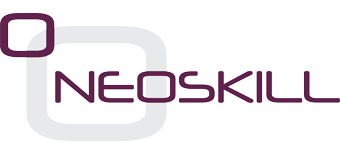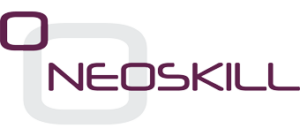The Silent Language
Our bodies have a silent language, with subtle movements and expressions, conveying volumes of information.
In communication, words are just one part of the story. Understanding and mastering body language is essential for effective communication in the workplace. Harnessing the power of body language can elevate your communication skills and enhance your professional relationships.
Eye Contact and Facial Expressions
Maintain eye contact: Making eye contact shows attentiveness and builds rapport. It signals that you are engaged and interested in the conversation. However, it’s important to balance it; too much can be intimidating, while too little can come off as disinterest or evasiveness.
Be mindful of facial expressions: Our faces are incredibly expressive and convey many emotions. Aim for expressions that reflect positivity and openness. A genuine smile can go a long way in making others feel comfortable and valued, while a frown or scowl can create distance and discomfort.
Posture and Gestures
Stand or sit up straight: Good posture conveys confidence and professionalism. Slouching, on the other hand, can make you appear uninterested or unsure. Whether sitting in a meeting or standing during a presentation, your posture speaks volumes about your attitude and confidence.
Use gestures sparingly and deliberately: Gestures can help emphasise points and make your message more dynamic, but overusing them can be distracting. Aim for gestures that support and clarify your words rather than overwhelm them. For instance, open hand gestures signify openness and honesty, while crossed arms might be perceived as defensive or closed off.
Proximity and Presence
Maintain an appropriate distance: Personal space is crucial and can vary significantly across cultures. Being too close can be seen as intrusive, and being too distant can seem aloof. Understanding and respecting personal boundaries shows respect and comfort in interactions.
Be fully present: Engaging completely in conversations by actively listening and showing genuine interest is key to effective communication. That involves nodding to show understanding, making appropriate eye contact, and avoiding distractions like checking your phone. Your presence demonstrates that you value the conversation and the person you speak with.
Body language is a powerful tool in communication, heavily contributing to the delivery of your message. Mastering the subtleties of eye contact, facial expressions, posture, and gestures shows confidence, builds trust, and promotes meaningful connections in the workplace. Boost your communication skills with Neoskill’s training courses in “Communication” and discover the full potential of your nonverbal communication.







